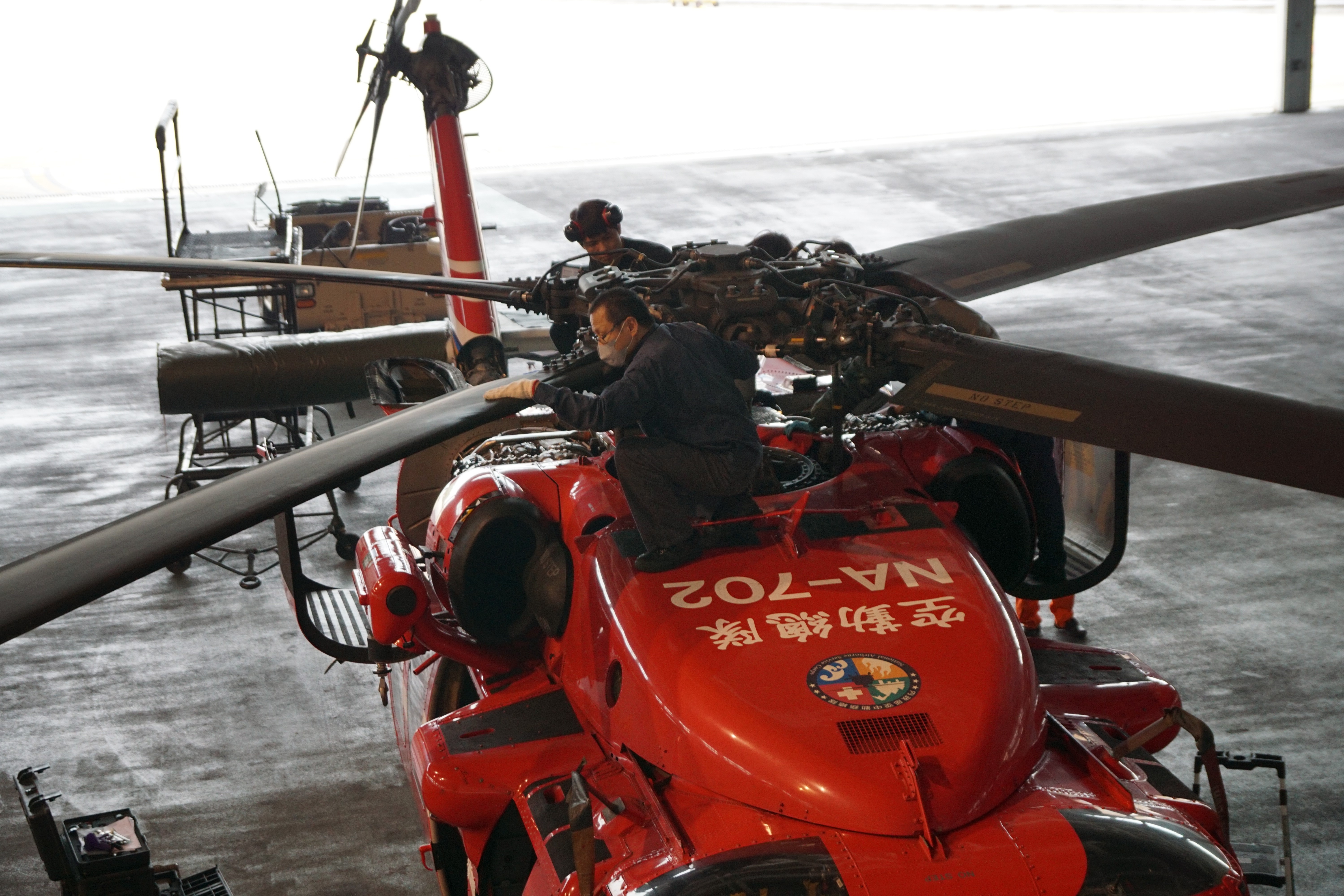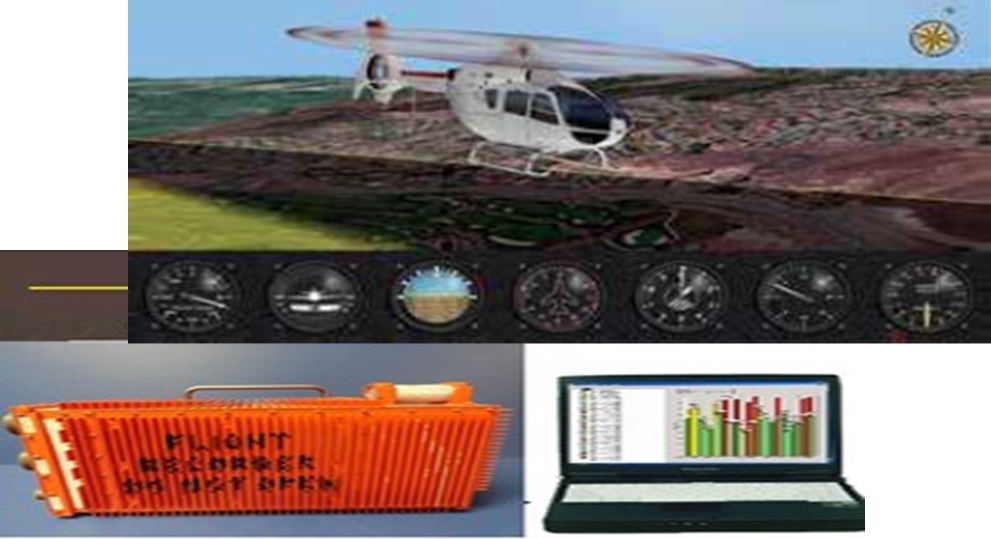The aircrafts of National Airborne Service Corps (NASC) have been performing disaster relief and rescue missions in the air. The biggest challenge for the maintenance engineer is to keep the reliability of the aviation system and to ensure the quality and safety of the flights. If mechanical deficiencies are not detected and corrected during the routine maintenance of an aircraft, the flight safety and mission execution may be jeopardized. We utilize the high-tech “Integrated Vehicle Health Management System (IVHMS)” to monitor all aircraft systems to keep them operating in the best airworthiness condition. Allowing our frontline crews to complete their tasks without worry is the mission and ultimate goal of the aircraft maintenance engineers.
Currently, the helicopters of the Air Force are deployed in five bases in Taiwan, including Taipei, Taichung, Kaohsiung, Hualien and Taitung. They are standing by 24 hours a day to carry out the five major missions; like disaster relief, search and rescue, emergency medical service, reconnaissance and patrol, and transportation. The engineers perform scheduled and unscheduled maintenance in accordance with the technical manual of aircraft service under strict maintenance control, and have been recognized by the U.S. Army as the qualifying authority for the Black Hawk helicopter's flight and maintenance airworthiness. The Black Hawk helicopter is equipped with the advanced “Integrated Vehicle Health Management System (IVHMS)”, which installs dozens of sensors on the aircraft and monitors the power, transmission, flight control, rotor system and other components to provide real-time alerts for abnormalities occurring during the flight, so that pilots can handle the situation promptly and maintain flight safety.
The Integrated Vehicle Health Management Unit (IVHMU), consisting of a Flight Recorder (FDR) and a Cockpit Voice Recorder (CVR), provides altitude, airspeed, direction, in-cockpit radio transmission, and voice recording, as well as the ability to rebuild a simulated dynamic scene on the computer to enhance pilot training and skills. In terms of maintenance benefits, maintenance engineers can directly read the data downloaded from the recorder through computer apps to check and monitor the performance of the aircraft's rotating mechanism, rotor blade trajectory and balance, engine performance and vibration, and other data to see if they are following standards. They can also refer to data development trends to accurately determine the need for component maintenance and to eliminate potential mechanical hazards, thereby lowering maintenance costs and increasing the aircraft's availability rate.
In the last three years, the NASC has been able to achieve an average availability rate of 75.24%, performing 13,561 missions with 17,054 flight hours, and rescuing 898 people to protect the lives and property of the citizens.

